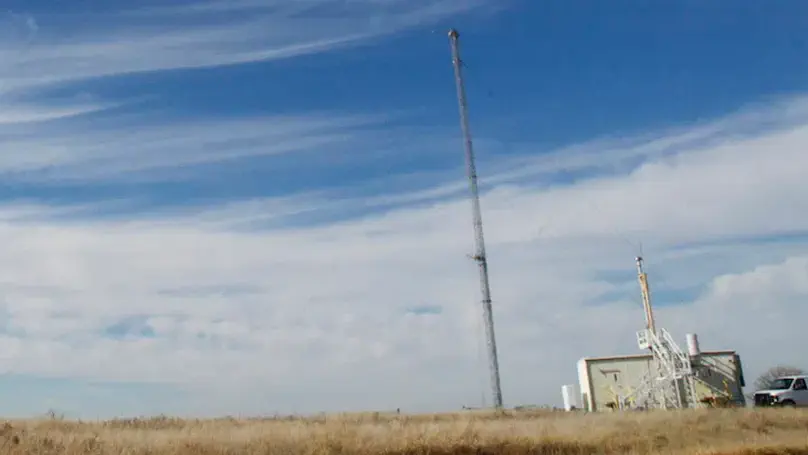Projects
Projects and field campaigns participated in by BLISS members are listed below
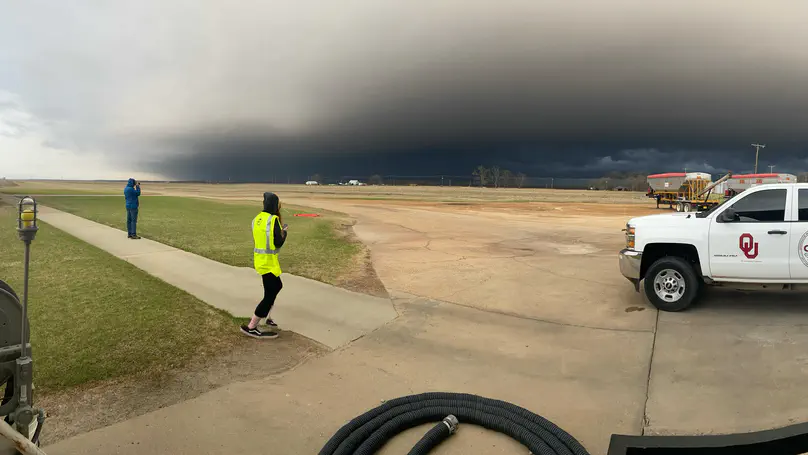
Summary PERiLS is one of the largest severe storms field campaigns taken on by the meteorological community. Set in the Southeast United States in the late winter to early spring months of 2022 and 2023, dozens of instruments from NOAA and mulitple research institutes and univeristies will be deployed hoping to gather more information about quasi-linear convective systems, or QLCSs.
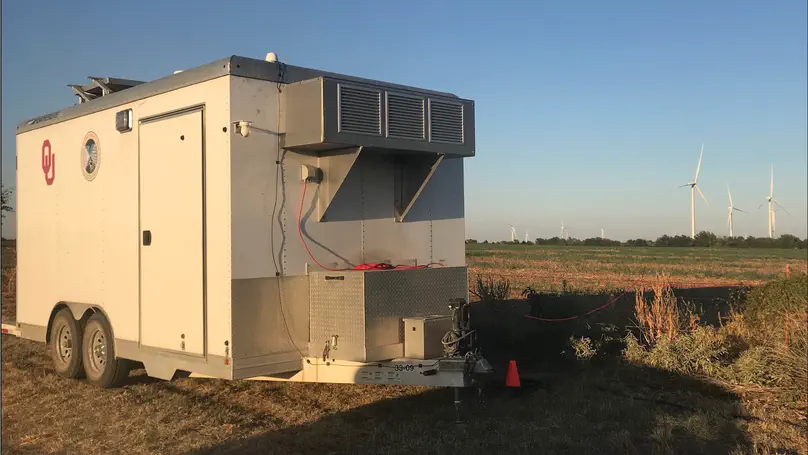
Summary AWAKEN is an international, multi-institutional wind energy field campaign designed to answer the most pressing science questions about how individual wind turbines interact with one another and the atmosphere in a wind farm.
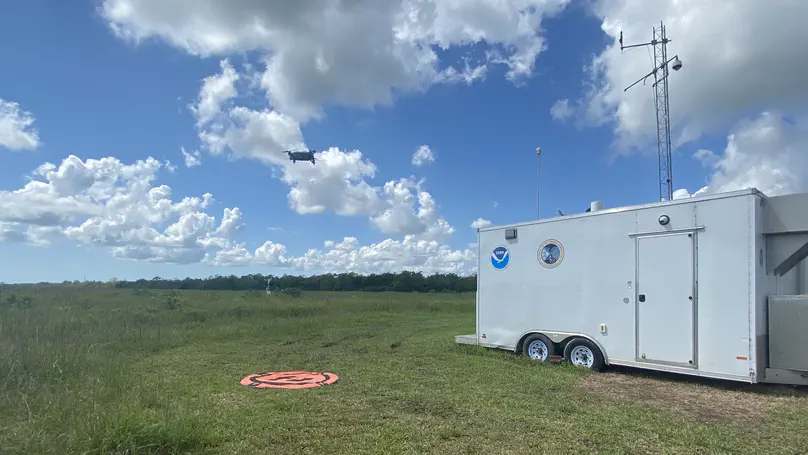
Summary In tandem with the TRacking Aerosol Convection interactions ExpeRiment (TRACER), the Coastal Urban Boundary-layer Interactions with Convection (CUBIC) team will deploy three state-of-the-art mobile boundary-layer profilers in the greater Houston area.
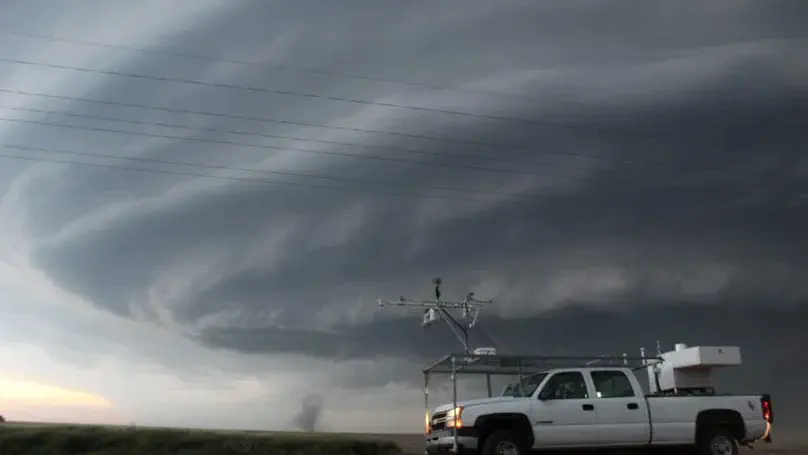
Summary More than 50 researchers and students are deploying a wide-ranging suite of instruments to collect data on supercell thunderstorms across the Great Plains. The TORUS project aims at understanding the relationships between severe thunderstorms and tornado formation.
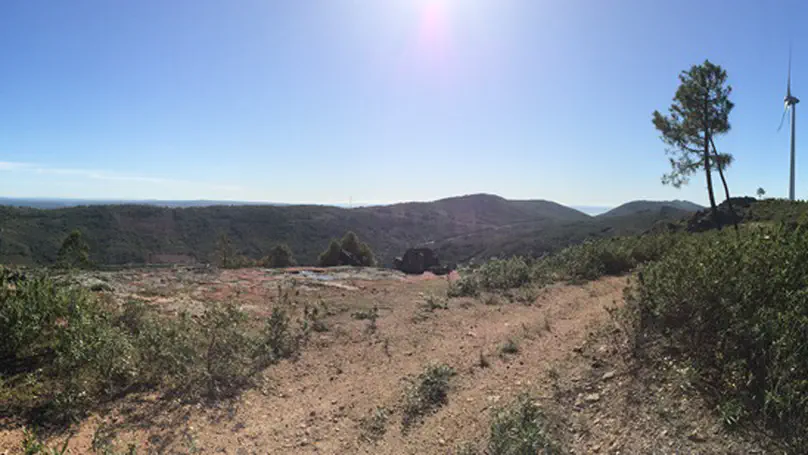
Summary To create numerical models that better represent flow over complex terrain, to create new scientific knowledge, and develop better parameterizations for complex terrain processes, with broad impacts of future microscale model developments for wind energy prospecting, flow and dispersion in heterogeneous complex terrain as well as human resources development.
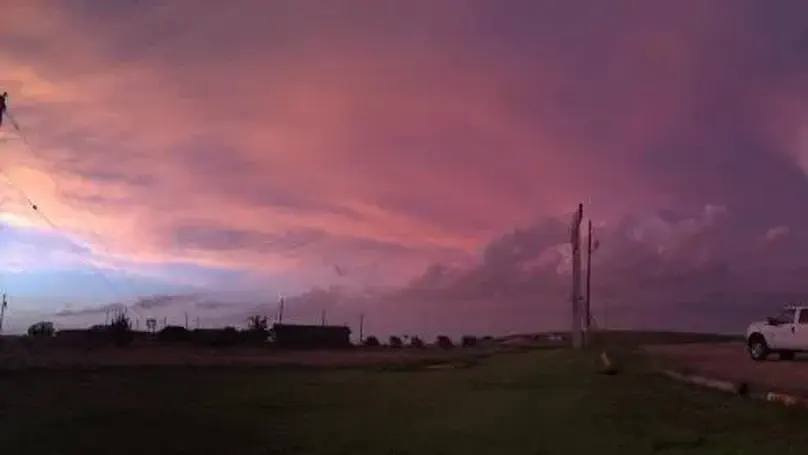
Summary “Mini-MPEX” continues some of the goals of the MPEX project (2013) to explore real-time targeting of pre- and near-storm observations to improve numerical model forecasts of thunderstorms. NSSL’s CLAMPS atmospheric profiling system was used in the field in 2016–17, deploying 28 times on 20 days over the two years.
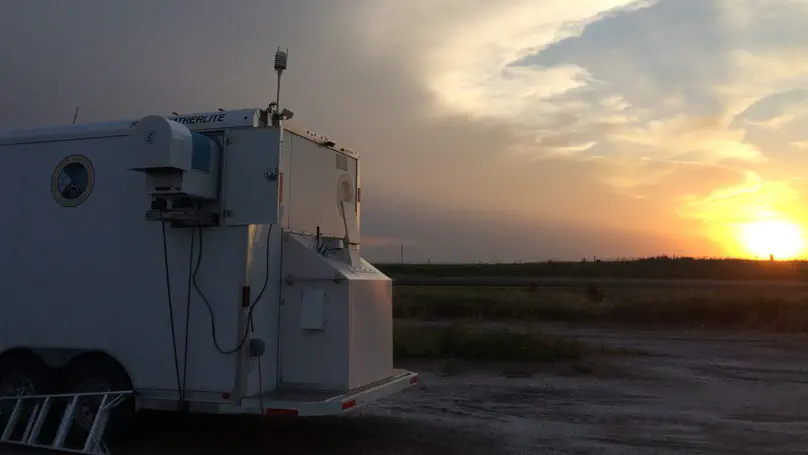
Summary PECAN was the first campaign to focus expressly on nocturnal convection initiation (CI) and MCSs and their environment. There were 5 main focus areas: CI Bores Low-level jets MCSs storm- and MCS-scale NWP Funding Agencies NSF NASA NOAA DOE Platforms CLAMPS1 WYO King Air NCAR S-PolKa 3 DOWs 3 NCAR ISS 449 Profiler NASA DC8 NOAA P3 SMART-Rs RAXPOL NOXP FM-CW radar MAX, Mobile mesonets MIPS Tethersondes AERIs Water Vapor lidars wind lidars
